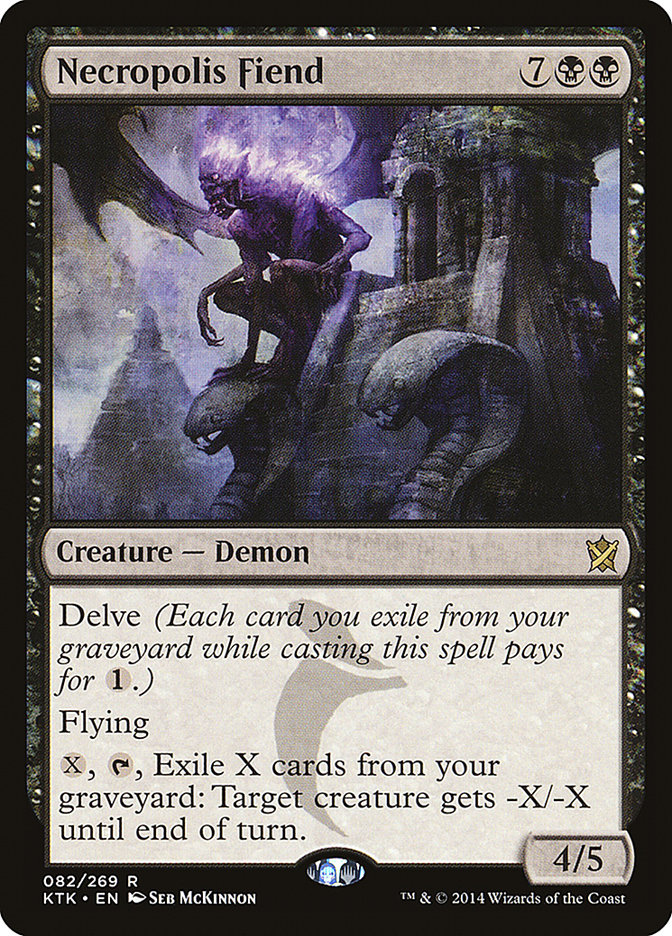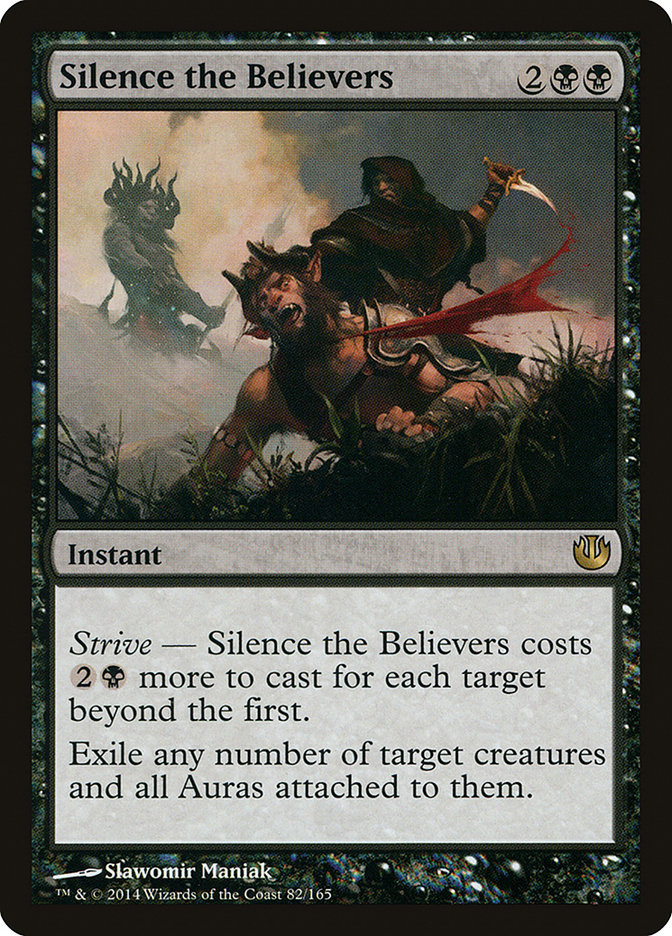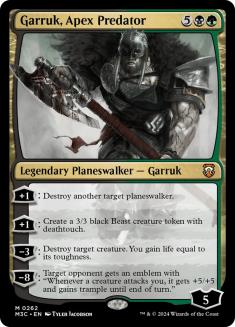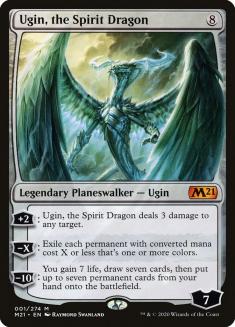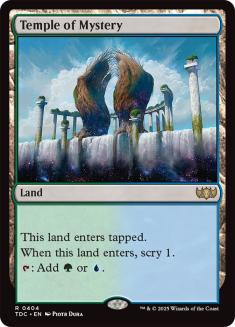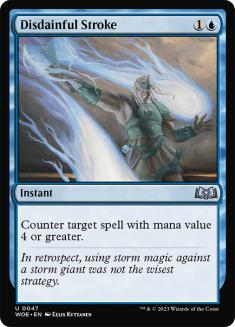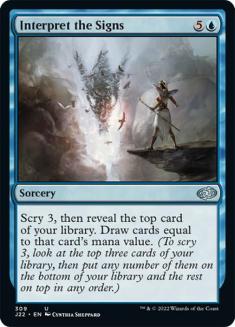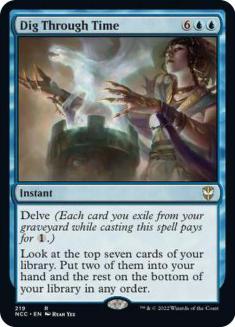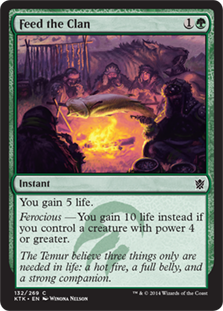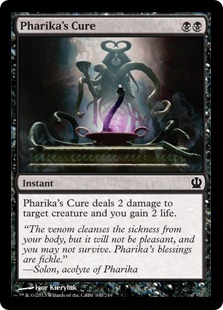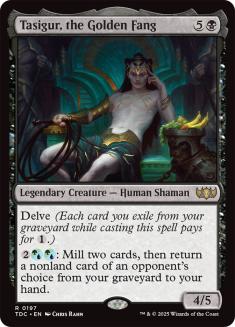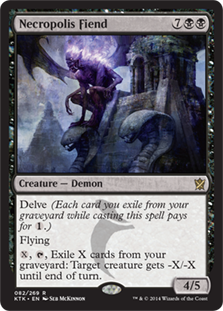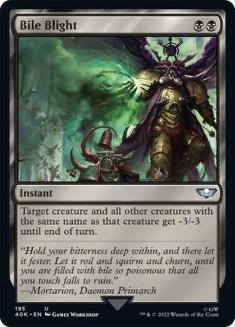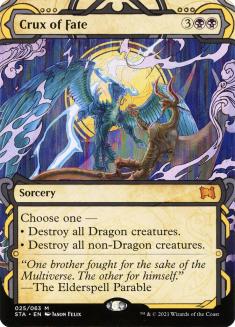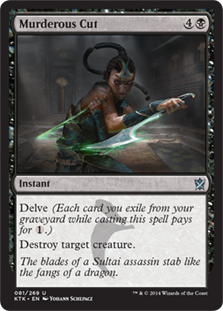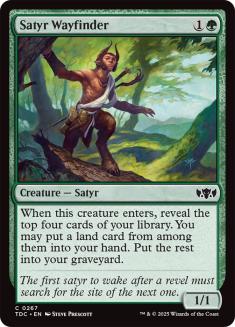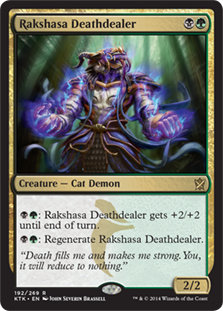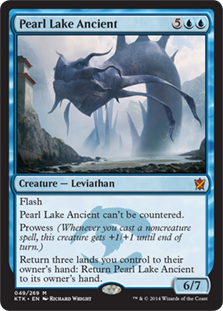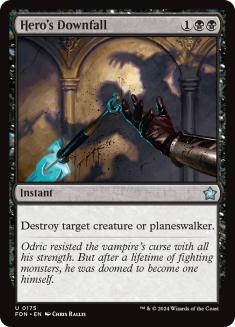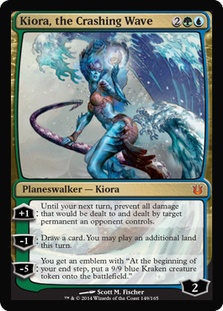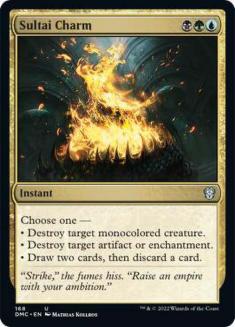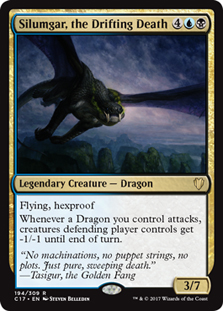Last time I sat down to write, I wrote an article talking about
the Sultai Control I planned on playing at the Open Series in Washington DC. I wasn’t exactly sure how well the deck would perform, but I was hoping for
the best. As we all know by now, I ended up winning the whole tournament, and I couldn’t have been happier with the result.
I was happy because I won the tournament, but I was also happy because I felt I played very well for the most part, and because I was able to share my
thoughts with each of you before the event began. Some players like to keep everything top secret, and that’s fine; that’s their approach to the game. For
myself, however, I enjoy sharing my thoughts and knowledge with the people I know and care about. Even though I may not know everyone who is reading this,
I appreciate you taking your time to read my articles so the information I give will hopefully help you improve as a player.
Since my win in DC, I have received quite a few messages and tweets asking what changes I would make to my Sultai Control deck. I tried to get back to many
of you, and for the most part my response was to change nothing, mostly because I wanted to see how the metagame would shift first. Over the past two weeks
I was able to think more about the deck and view the way Standard was shaping up, and after more testing, this is what I’ve come to:
Creatures (4)
Planeswalkers (8)
- 3 Ashiok, Nightmare Weaver
- 2 Kiora, the Crashing Wave
- 2 Garruk, Apex Predator
- 1 Ugin, the Spirit Dragon
Lands (23)
Spells (25)

Not a lot has changed from my original decklist, but there are some
changes worth mentioning. I would say the biggest one is the removal of Rakshasa’s Secret from the deck entirely. Rakshasa’s Secret is a card I really do
love, but I don’t think it’s right for the deck anymore. In D.C. my opponents didn’t really know what my gameplan was, and when I would play a turn 3
Rakshasa’s Secret, they would be even more confused. However, I now feel that players would immediately know to discard their Murderous Cuts, Bile Blights,
and Chained to the Rocks since everyone knows I have no creatures in my deck now. The other major problem with Rakshasa’s Secret is how full I am on
three-mana spells. There are a lot of three-mana spells in Sultai Control, and all of them are better than Rakshasa’s Secret. Sultai Charm, for example,
was so good for me in DC that I’ve moved a third one to the maindeck.
Another minor reason that I’ve moved away from Rakshasa’s Secret that I feel is worth mentioning is because originally I was unsure how much fuel I needed
for my delve spells. As I played the tournament, I found that Satyr Wayfinder and my other spells were more than enough to fuel my Dig Through Times and
Murderous Cuts. Overall, Rakshasa’s Secret was something I didn’t want to cut, but the more I played with it, the more I realized that many times it either
underperformed or was drawn at the wrong time.
Another change you might have noticed from my original list is the swap in numbers between Garruk, Apex Predator and Ugin, the Spirit Dragon. At first, I
had only one copy of Garruk, but it really overperformed in DC and was basically the card I always wanted to draw. The lifegain is very important, since
it’s your only source for lifegain pre-board. Don’t get me wrong, Ugin is a very powerful Magic card, but the difference between seven and eight mana is a
really big jump for this deck. Right now, I’m happy with only one copy of Ugin, and I’m fairly certain that I won’t miss the second.
The final small change from the maindeck was the trimming of one Bile Blight and adding in a third copy of Ashiok, Nightmare Weaver. The Bile Blights are
great, but I feel U/B Control is rising in popularity, which makes them look less appealing. The other consideration behind going down to only three Bile
Blights is the fact that you have a good amount of removal already, and whatever creatures or tokens slide by your spot removal spells, you have Crux of
Fate to cleanup.
With U/B Control rising in popularity, Ashiok is your prime way of beating them. Once it resolves they only have a handful of answers for the powerful
planeswalker. Most decks can pressure planeswalkers with their creatures; however, U/B Control is not one of those decks and will be forced to rely on
Hero’s Downfall or Perilous Vault. Remember that Sultai Charm can destroy Perilous Vault, so try and play your game accordingly. Many decks in Standard
don’t have an answer to Perilous Vault, so the U/B Control player might get sloppy and just run it out there without consideration. Normally a player has
to decide if they should build up the board a bit more, or just leave it as is, which will eventually force the U/B Control player to activate the Vault.
These types of difficult scenarios on both sides will come up, so my best advice is to practice and play very carefully. You never want to get ahead of
yourself and think that you have the game locked up. Instead, plan out your turn and think about the potential cards your opponent may have.
Since the maindeck got changed up a bit, the sideboard also did as well. One addition I really think is excellent is the one copy of Silence the Believers.
Silence the Believers is a powerful card that you will sideboard in against many of the popular decks right now. The main reason why it’s there is to give
us a good answer to Ashcloud Phoenix and Flamewake Phoenix. Both creatures can be very annoying for the deck so having one copy of Silence the Believers
will make a big difference.
The other change in the sideboard that I’m really happy about is the removal of Polukranos, World Eater in favor of Necropolis Fiend. Polukranos was only
average for me and was sometimes difficult to cast since having double green on turn 4 could be a bit rough. Polukranos also didn’t help much against cards
like Stormbreath Dragon and Tasigur, the Golden Fang. Strombreath Dragon would just fly over Polukranos and Tasigur’s toughness is just too big for
Polukranos to reasonably handle. Necropolis Fiend provides us with a utility creature that can handle multiple creatures and at different times which will
really shine against a deck like Temur.
Now that you have an idea of why I’ve made the changes I’ve made, let’s take a look on how I would sideboard in certain matchups. Remember: There is no
exact way to sideboard. For game 1, you’re a pure control deck, but after sideboard, things change up a bit. Sometimes you want to go aggressive with your
creatures, but other times you want to try and become a bit more controlling with Negates and more removal. With the Regional Championships this weekend, I
imagine you’ll probably run into the following decks:
VS W/U Heroic
I feel this is a matchup you don’t mind playing against as long as you understand how things go. Your best cards against W/U Heroic in game 1 are
Thoughtseize, Bile Blight, Murderous Cut, and Crux of Fate. Their deck can come out very fast, but any card that interacts early with them and slows them
down is excellent. Kiora is also very good against them, since most of the time they only have one threat to worry about. If they do have either a Gods
Willing or Feat of Resistance to beat Kiora, they would have likely used it on your turn to counter your Kiora activation, which means you can then respond
with a removal spell.
Out:
In:
I think Negate is strong in this matchup because they are likely to bring in Treasure Cruise and already have many targets in their deck anyway. Remember
the long game will most likely favor you, and Feed the Clan is a card that can help you get there. It may look a bit strange to sideboard out a Temple of
Mystery, but it’s important that you up your density of spells against W/U Heroic. The mana curve of the deck is becoming greatly reduced in taking out the
high end planewalkers. Having early black is crucial for casting the key spells in the matchup such as Pharika’s Cure, Bile Blight, and Thoughtseize.
VS U/B Control
I think this is a matchup you’re happy to see, but it’s still far from easy. They have more counters than you, but other than that, things should be
looking good. Game 1, you have some useless cards, but those can be thrown away with Sultai Charm. You want to time your Thoughtseizes so you typically
don’t want to automatically fire one off on turn 1. Sometimes it might be right (if you fear a Grindclock after sideboard, for example), but I have found
that you’re better off holding it to push through a key spell.
Out:
In:
Overloading on threats and the extra counterspells pushes this matchup further in your favor.
VS Abzan Midrange
Sometimes this feels like the mirror match since both decks play out somewhat similar. However, you have the more powerful cards and better card drawing,
which makes me like this matchup quite a bit. In game 1, they will most likely be stuck with some poor cards like End Hostilities, Murderous Cut, and Bile
Blight, and if they draw too many of them, they’ll soon be shuffling up for the sideboarded games.
Out:
In:
You have the option to sideboard more here and bring in the Pearl Lake Ancient and the Silence the Believers, but you don’t have too. It just depends on
what you think they might bring in and how you think the match will progress.
As far as any of the aggressive matchups go, many of them have overlapping similarities. Abzan, Temur, and R/W Aggro all try to apply maximum pressure with
their own respective element of disruption. Abzan has Thoughtsieze; Temur has counterspells like Disdainful Stroke, Temur Charm, and Stubborn Denial; and
R/W Aggro has burn like Stoke the Flames and Lightning Strike. Your basic sideboard plan against all these strategies is to lower the overall casting cost
of the deck. Keep in mind that planeswalkers like Ashiok and Kiora get much worse when you’re on the draw. Therefore, swapping these out for other threats
like Rakshasa Deathdealer is often times beneficial.
I feel that Sultai Control is a fun and exciting control deck in a format overrun by low-costed efficient creatures. If you’re a control player at heart
and you love rolling the dice with Satyr Wayfinder, then this might be the deck for you. Unsurprisingly, this is what I plan to play at the Regional
Championships this weekend, and if you plan on playing it as well, I would love to hear any changes you’ve chosen to make.
Good luck!


